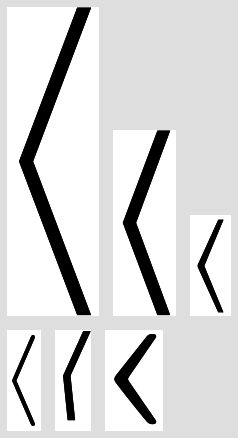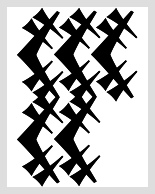
In particular, language-specific representations are being worked on as Intl.Segmenter proposal. This function is the inverse operation of unicodecodepointstostring () function. This is a curated list of characters in Unicode, that have interesting (and maybe not widely known) features or are awesome in. These are not covered by this particular proposal, but should be easy to add as separate methods or APIs. Returns a dynamic array of the Unicode codepoints of the input string.

What about iteration over different string representations - code units, grapheme clusters etc.? Illustrative examples Test if something is an identifier function isIdent(input) object format. To access a chart for a given block, click on its entry in the table.

Many Git commands accept both tag and branch names, so creating this branch may cause unexpected behavior. The name and casing of codePoints was chosen to be consistent with existing codePointAt API. To get a list of code charts for a character, enter its code in the search box at the top. A tag already exists with the provided branch name. We propose the addition of a codePoints() method functionally similar to the but yielding positions and numerical values of code points instead of just string values, this way combining the benefits of both approaches presented above while avoiding the related pitfalls in consumer code. String.prototype which allows a hassle-free iteration over string codepoints,īut yields their string values, which are inefficient to work with in performance-critical lexers, and still lack position information.Pos += currentCodePoint <= 0xFFFF ? 1 : 2.

#Codepoints manual#
The issue is that position is usually unknown in advance if you're just iterating over the string, and you need to manuallyĬalculate it on each iteration with a manual for( ) loop and a magically looking expression like


 0 kommentar(er)
0 kommentar(er)
